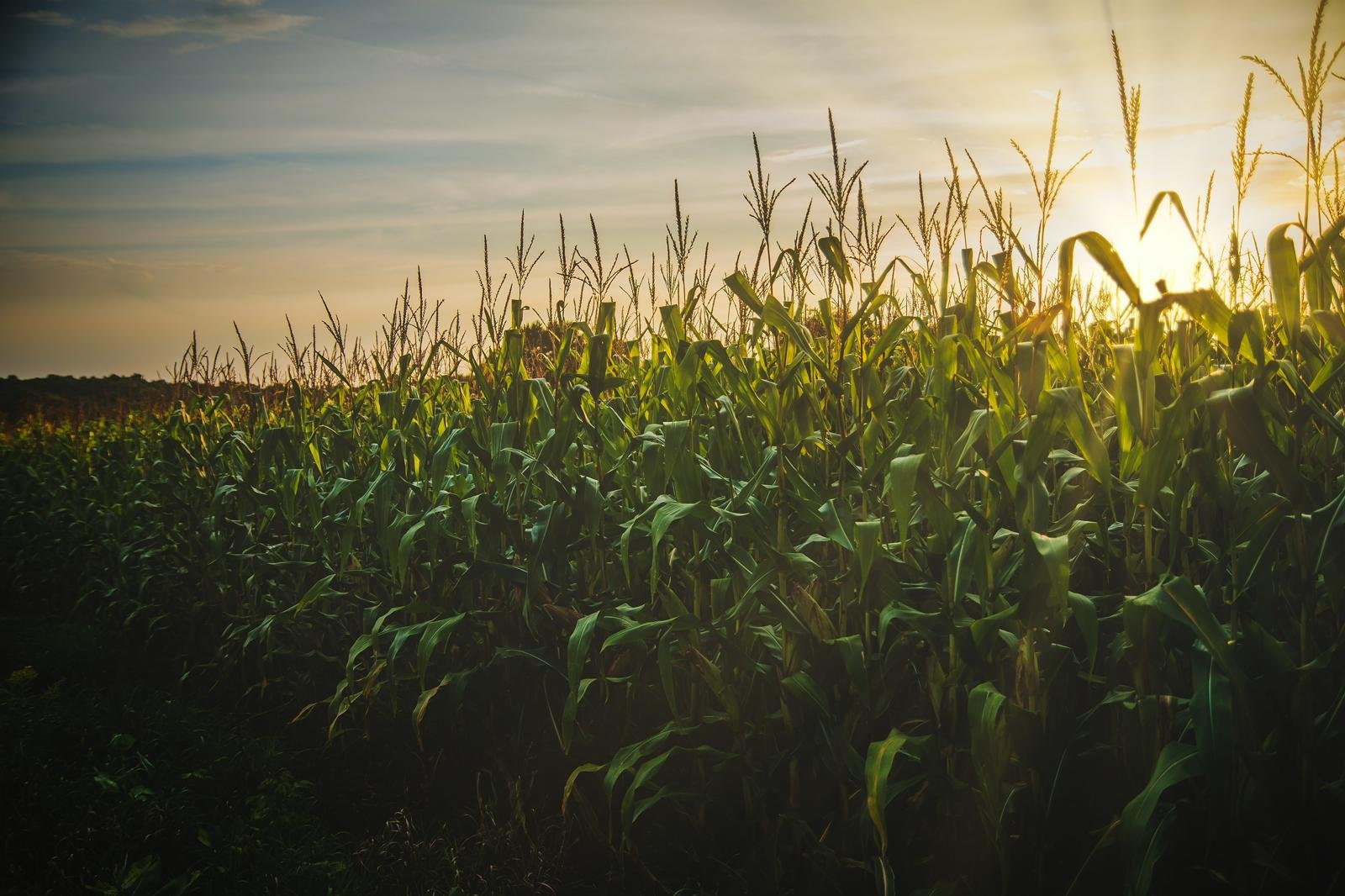NATURAL DEGRADATION VS BIO-DEGRADATION
CN2017 by Corn Next is a next-generation sustainable material that is revolutionizing the landscape of eco-friendly materials.
One of the key distinguishing features of this material is its remarkable capability for achieving complete natural degradation. But what exactly is natural degradation, and how does it differ from traditional bio-degradation?
Bio-degradation, a term many are familiar with, refers to the process where organic materials break down through the action of microorganisms, often aided by methods like composting and bioremediation. While numerous single-use biodegradable products are available in the market, they come with complexities. They often necessitate intricate and costly recycling processes. Moreover, when left in natural habitats, these products can pose environmental risks, similar to conventional plastic-based PLA products.
In stark contrast, natural degradation represents a revolutionary advancement. This process allows organic materials to spontaneously break down without any human intervention, leaving zero harmful chemicals in the environment. Unlike biodegradable products, materials undergoing natural degradation eliminate the need for recycling altogether. They decompose independently, requiring no external influence.
Whether in bustling urban environments or serene natural settings, a naturally degradable marvel like CN2017 showcases its prowess. In as little as 30 days, it can be fully degraded, offering a significant advantage over its biodegradable counterparts.
Herein lies the most significant advantage of Corn Next's CN2017 products: their ability to undergo full natural degradation.
These products not only leave no harmful traces behind but also significantly reduce the demand for manpower and resources. Unlike biodegradable options that necessitate external intervention, CN2017 exemplifies a self-sustaining solution—a closed-loop system that represents the future of eco-friendly materials.
With Corn Next, the path to a greener, cleaner world is not just a vision but a tangible reality. There is much more to discover about this groundbreaking material, and we eagerly anticipate sharing it with you in the near future.

